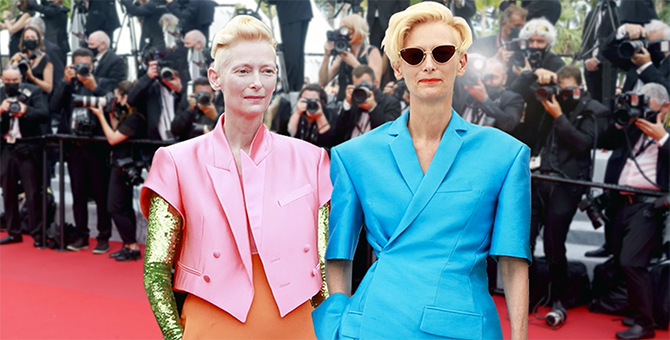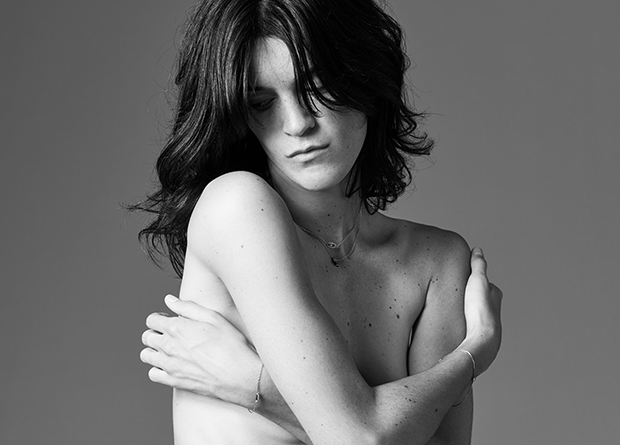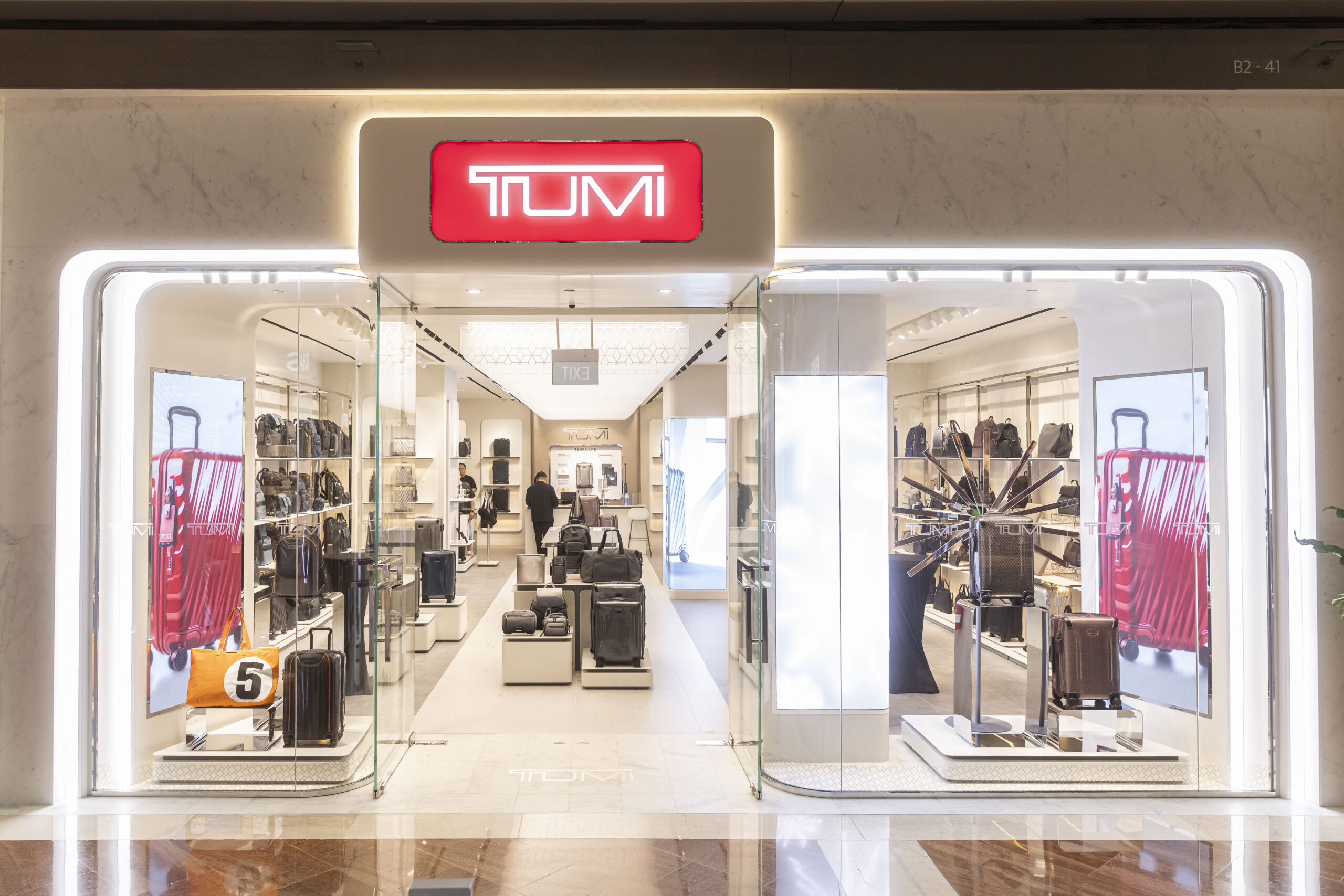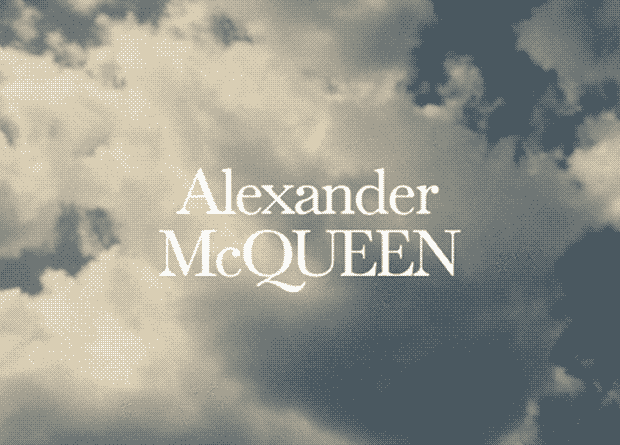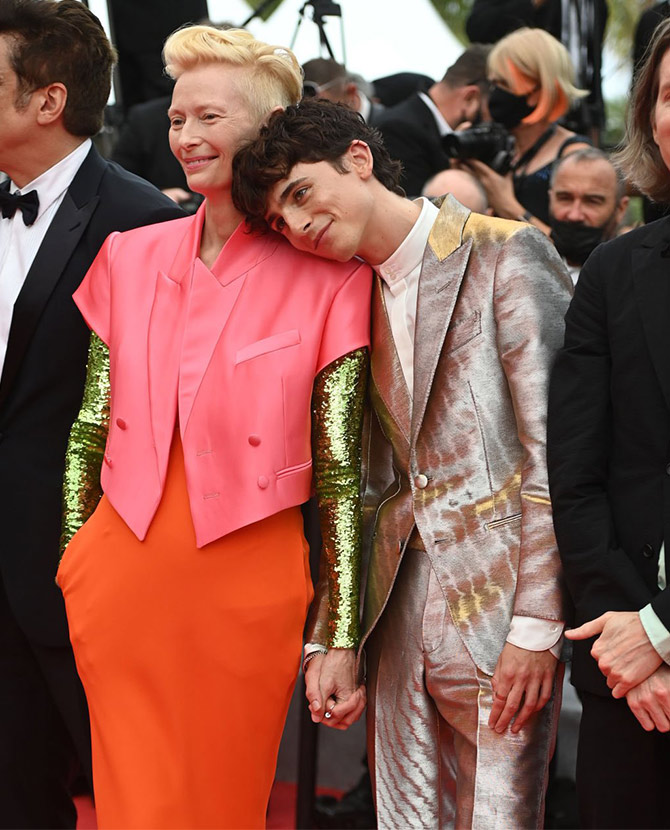Mindful: Cancel culture in fashion
Is this generation’s increased social-policing harming creativity?
- 18.10.2021
- By ASRI JASMAN
Cancel culture is not new. We’ve been putting people in positions of power and influence to task for decades now. But with the advent of social media, it’s become a tool for those of us who’ve been handed the shorter end of the proverbial stick to be heard, and hopefully, shed light to the misdeeds of the powerful.
What cancel culture is, in essence, is the most extreme form of social-policing. It’s evolved from what was once known as ‘call-out culture’ where the goal was to bring light to certain problematic issues (often by those entrenched in the world of pop culture). Cancel culture can be seen as an extension of that — more aggressive in its intent and with the end goal of shutting out any form of influence and power.
In fashion, the concept has often seen brands and creative directors held accountable (and with sometimes career-disrupting consequences) for a host of unsavoury things. John Galliano’s anti-Semitic rants were one of the biggest scandals in a pre-social media era that led to his dismissal from Dior in 2011. The late Karl Lagerfeld was also criticised for a number of remarks that involved fat-shaming — he once called Adele “a little too fat” and that curvy women had no place on the runway.
At the height of Instagram’s popularity, the industry watchdog account Diet Prada emerged and has quickly become a platform for the voiceless in the industry. The account — handled by founders Tony Liu and Lindsey Schuyler — started out by calling out brands and designers ripping off designs by other designers with posts that portray side-by-side comparisons of the two. With its sphere of influence growing, Diet Prada now brings attention to more than just mere aesthetics. Its biggest involvement in a scandal remains the cancellation of Dolce&Gabbana back in 2018.
What was set to be a massive show in Shanghai, China was abruptly shut down by the Cultural Affairs Bureau of Shanghai five hours before it was scheduled to begin. It was a buildup of a series of culturally insensitive campaigns and allegedly abhorrent behaviour by Stefano Gabbana (brought to light by Diet Prada) that prompted the event to be cancelled. The backlash by Chinese celebrities, models, and media were insurmountable that the brand has yet to fully recover to this day.
That incident has become sort of a blueprint for every other brand of what not to do. And let’s be honest, when it comes to managing cultural sensitivities, the fashion industry is often one of the biggest culprits.
Cancel culture within the industry, however, poses a dilemma. On one hand, it has helped brought rightful justice to those who had been constantly abusing their standing (and thinking that they could get away with it). But on the other hand, it may have created a situation where creatives are wary of pushing the envelope for fear of offending. It’s not necessarily an unfounded fear because there have been instances where lapses in judgements have resulted in public outcries.
While not necessarily considered an art form, fashion is similar to art in the sense that they’re both heavily guided by inspiration. Hardly anything ever comes out of thin air and designers often pick out a host of references from a range of sources that include everything from culture, art, music, and even personal experiences. For example, for Dior Men‘s spring/summer 2021 collection, artistic director Kim Jones references African culture and art as the basis of the collection. While that may have set alarm bells ringing just based on the description alone — a visibly white man referencing Black culture has never been a good look — it was far from culture appropriation. In this instance, Jones has had a connection to Africa having grown up in different parts of the continent throughout his childhood and often refers to it as home.
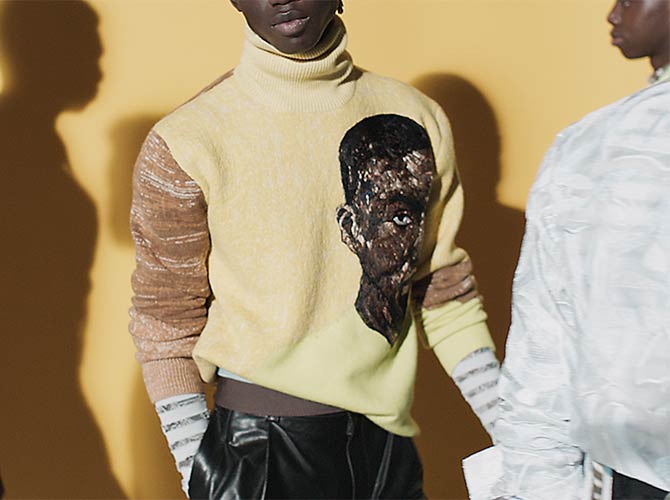
Yes, context matters. In the fast-paced culture that is social media, we’re often so reactionary that we tend to get angry first before finding out why something appears to be the way it is. And I get it. Because we’re part of a segment of society that’s often been looked over and in some ways, slaves to a top-down system, having the ability to now call out injustices is liberating. It’s a form of equaliser where there was none before.
But what we need to realise is that the act of cancelling only works in some more dire instances, such as the aforementioned issue with Dolce&Gabbana. Like the rules of law in society, there has to be some form of a scale to follow, one where the consequences are reflective of a person’s or establishment’s wrongdoings. To hurriedly ‘cancel’ everything and anything because of something relatively minor leaves little to no room for self-improvement and stops conversations from being held.
“I think cancel culture with respect to words and not actions, is by and large quite silly,” said investigative journalist Ronan Farrow in an Inside The Hive interview in 2019. “I think people should totally have space to ask dumb questions. I think there’s plenty of terrible and criminal behaviour that is absolutely worthy of cancellation, to use that framework, without us running around canceling all of the people who said the wrong thing and then said, ‘Oh shit, sorry, I didn’t mean to say that.'”
I think it’s fair to say that we’re all meant to inevitably stumble sometimes and make unintentional mistakes along the way, even with as many thoughtful considerations made as possible. Whether that’s unknowingly offending a culture or community through choices in fashion design and the way things are worded, or not understanding the nuances of certain actions or lack thereof, it’s the manner in which the response to such backlash is handled that’s most important.
Are they open to civil discussions and to understand where the issue lies? What’s the thought process like leading up to the issue at hand? And is there a sense of remorse and understanding?
Speaking to Robin Givhan of The Washington Post in November 2019, fashion designer Prabal Gurung summed up quite succinctly about cancel culture: “If somebody feels that what I’m doing is not right, I’m more than happy to have that conversation and I’m unafraid to have that. The truth about cancel culture is that it can be toxic. But at the end of the day, I always feel like the world is having a reckoning and awakening finally because of social media. Yes, there’s a lot of backlash but good things are happening… it’s a question of accountability.”
It’s on the players in the fashion industry to be accountable for every step in the business. And that includes the creative process as well. There shouldn’t be a fear of any backlash if there’s transparency and open communication. Fashion used to be quite guarded in its practices but that can no longer be the case when society has evolved to not take things based on face value alone.
Having said that, designers are still free to choose whatever they want to be inspired by. But they do have to be wary of the context from which they’re drawn from. Any hesitation in deciding if something could be viewed negatively should be followed with multiple conversations with those in-the-know to gain better insights and in turn, knowledge and understanding.
It’s tough but the bottomline is that we all need to be more open to respectful discourse to avoid unnecessary cancelling of brands and individuals who don’t deserve such harsh outcomes. In the name of serving justice, we shouldn’t be quick to met out judgement immediately. Question, listen and then deliberate.
ADVERTISEMENT. CONTINUE READING BELOW
